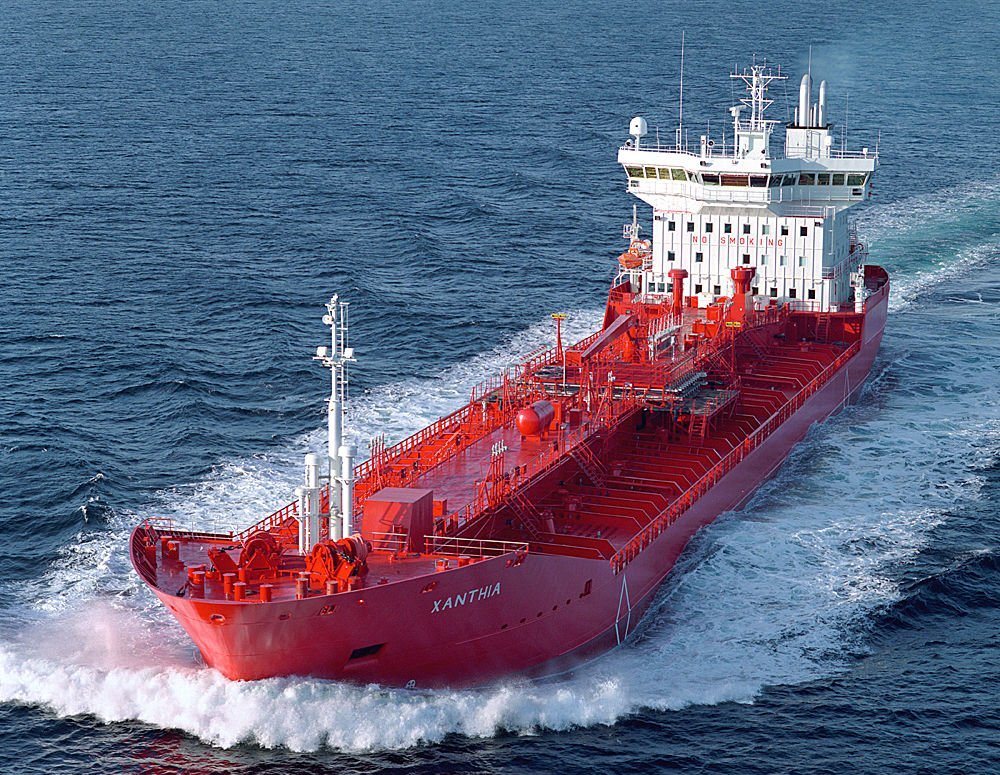Navigating New Waters: Trends in Marine Offshore Companies

The marine offshore industry is continuously evolving, with new technologies, regulations, and trends shaping the way companies operate. In this article, we will explore some of the latest trends in the marine offshore sector and how companies are navigating these new waters to stay competitive and sustainable.
Digitalization and Automation
One of the most significant trends in the marine offshore industry is the increasing digitalization and automation of operations. Companies are leveraging technologies such as artificial intelligence, Internet of Things (IoT), and data analytics to optimize their processes and improve efficiency. Some key aspects of digitalization and automation in marine offshore companies include:
Remote Monitoring and Control
- Companies are deploying sensors and connected devices to monitor equipment and assets remotely, enabling real-time data analysis and predictive maintenance.
- Remote control systems are being used to operate offshore installations from onshore locations, reducing the need for personnel on site and improving safety.
Autonomous Vehicles
- Unmanned aerial vehicles (UAVs) and underwater drones are being used for inspections, maintenance, and surveillance of offshore facilities, reducing the risk to human operators.
- Autonomous surface vessels (ASVs) and underwater vehicles (AUVs) are being deployed for various tasks, such as seabed mapping, pipeline inspection, and environmental monitoring.
Sustainability and Environmental Responsibility
Another key trend in the marine offshore industry is the focus on sustainability and environmental responsibility. Companies are increasingly aware of the impact of their operations on the marine ecosystem and are taking steps to minimize their carbon footprint and reduce pollution. Some initiatives in this area include:
Renewable Energy Projects
- Marine offshore companies are investing in renewable energy projects such as offshore wind farms, wave energy converters, and floating solar panels to reduce reliance on fossil fuels and lower greenhouse gas emissions.
- Floating offshore wind turbines are gaining popularity as a more cost-effective and environmentally friendly alternative to traditional fixed-bottom structures.
Environmental Monitoring and Compliance
- Companies are implementing stringent environmental monitoring programs to ensure compliance with regulations and minimize the impact of their operations on marine biodiversity.
- Technologies such as underwater drones and sensors are being used to monitor water quality, marine life, and seabed conditions in real time.
Safety and Risk Management
Safety is a top priority for marine offshore companies, given the high-risk nature of their operations. In recent years, there has been a growing focus on safety culture, risk management, and emergency response capabilities. Some key trends in this area include:
Digital Twin Technology
- Digital twin technology is being used to create virtual replicas of offshore assets, enabling companies to simulate different scenarios, identify potential hazards, and optimize maintenance schedules.
- By integrating data from sensors, drones, and other sources, companies can improve situational awareness and make more informed decisions to prevent accidents and mitigate risks.
Training and Simulation
- Virtual reality (VR) and augmented reality (AR) are being used for training purposes, allowing employees to practice emergency procedures, navigation skills, and equipment handling in a realistic and safe environment.
- Simulation software is also being used to conduct scenario-based drills and exercises to test the readiness of response teams in case of an emergency.
Conclusion
In conclusion, the marine offshore industry is experiencing rapid changes driven by digitalization, sustainability, safety, and other important trends. Companies that are able to adapt to these new waters and embrace innovative technologies and practices will be better positioned to succeed in an increasingly competitive and complex environment. By staying ahead of the curve and prioritizing sustainability, safety, and efficiency, marine offshore companies can navigate the challenges and opportunities that lie ahead.